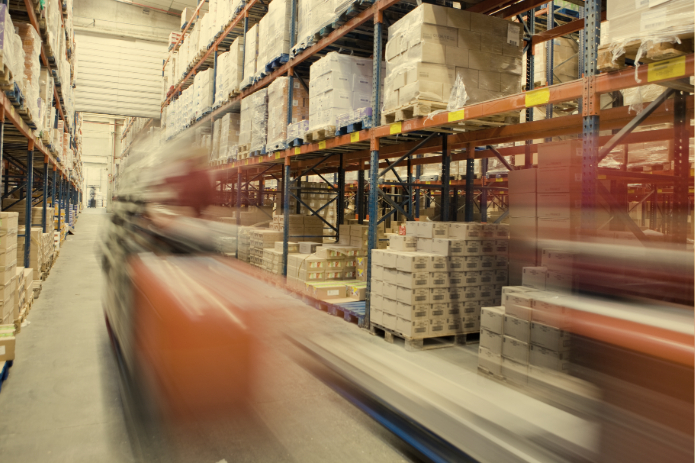The evolution of logistics has been marked by increasing challenges, especially regarding operational capacity and reducing dependence on human labor. While automation was once seen as a differentiator, today it has become a critical factor for business survival and expansion.
Activities that previously depended solely on human workforce, such as moving packages in distribution centers, can now be performed by robots. An example of this innovation is systems that use artificial intelligence to collect and position packages in sorting systems at an impressive rate of 1,500 packages per hour.
However, even with technological advances, the adoption of automation still faces resistance. The initial investment cost in robotics can mean a payback period of four to five years, making the decision challenging for many companies. With the post-pandemic resumption of hiring workers, some companies have chosen to postpone investments. However, stricter ergonomic regulations and the growing shortage of skilled labor will drive the adoption of robotic solutions in the long run.
The debate between replacing human labor and using robots is complex. On one hand, machines ensure greater precision and 24/7 productivity, while on the other, the flexibility of human operators remains unmatched. With advancements in intelligent robotic grippers, computer vision, and artificial intelligence, this gap is narrowing, but the economic factor still weighs heavily in the decision.
In recent years, robotics has advanced exponentially. More sophisticated sensors, machine learning algorithms, and integrated systems have transformed robots into more efficient and accessible tools. Today, they can handle packages of varying sizes and materials with high precision, operate continuously, and dynamically adapt to different logistical challenges.
The next steps in automation include enhancing robots’ capability for more complex tasks, such as handling larger loads and fully automating processes like truck unloading and pallet handling. With decreasing robotics costs, more companies will be able to invest in this technology.
In the future scenario, the trend is for robots and humans to work in harmony, with machines taking on heavy and repetitive tasks while operators focus on more strategic activities. The vision of a “dark factory”—where the entire operation is automated—may still be distant, but it’s a path that logistics is inevitably taking.
For companies still hesitating, the advice is clear: automation should be implemented gradually but inevitably. Companies that embrace robotics strategically will be better prepared to face the future challenges of global logistics. The future of automation is not a question of “if,” but rather “when”—and that “when” is getting increasingly closer.


